Case studies and presentationsLivestreamPoster
Time
Friday 24 February
9:05am
Location
Auditorium
Speakers
Jo Bailey
Tristam Sparks
Senior Lecturer
School of Design, College of Creative Arts, Massey University
Abstract
LAWA (Land Air Water Aotearoa) is a website designed with the purpose of making scientific information on New Zealand’s environment available to the public in an easily comprehensible, credible and trustworthy way. LAWA is a collaboration between New Zealand’s 16 regional councils and Unitary Authorities, the Cawthron Institute, Massey University and the Ministry for the Environment. When it launched in 2013, LAWA was a world first in terms of making national water quality information accessible on a single platform. It has since grown to include the water quality of lakes and beaches alongside rivers, air quality, and water quantity (available for consented use), with other indicators in the pipeline.
In this project, the role of science communication was undertaken by designers, who acted as a facilitating bridge between government (scientists, communicators and management at the local government and ministry level) and the audiences or users of the website. This case study will share observations on the design process that led to the successful launch of LAWA in 2013, and which has seen the tool embraced by the science, policy, government and academic communities, as well as (most importantly) the (non-stakeholder) users. (In addition, it also led to it being recognised as the 2015 Excellence in Science Communication Award Winner by SCANZ).
LAWA was built upon human-centred design (HCD) thinking processes, employing these tools in an earnest and empathetic manner. The process brought together groups with disparate (sometimes conflicting) interests and perspectives to collaborate and work towards consensus, placing users at the centre of the design process and output. Despite the process being consciously designed, our tools were employed with a light – sometimes even invisible – touch. As designers, we had to be adaptable, pragmatic, and wear multiple hats, including at times that of the end user. We were a persistent (though not always successful) voice, pushing for dialogue with all stakeholders; asking the ‘why?’ questions of both scientists and policymakers, and seeking to make ‘everything as simple as it can be, but not simpler’.
Massey University’s Open Lab (an externally-facing, commercially operating design studio situated within the university context) facilitated this collaborative design-led process and played the lead role in conceptualising the user engagement, research, design and testing of the site. This was a lean, pragmatic and inclusive design-as-facilitator approach. As designers operating at the science and government table, the place of the design process was as a pragmatic and persistent voice seeking simplicity.
Science communication is by its very nature about extending the outreach of science to the public, but it is not always consciously framed as a human-centred design endeavour (or even as the domain of design). Through the LAWA design process (and subsequent projects), it is possible to examine how HCD can enable science to be seen from a new perspective.







Leave a Reply